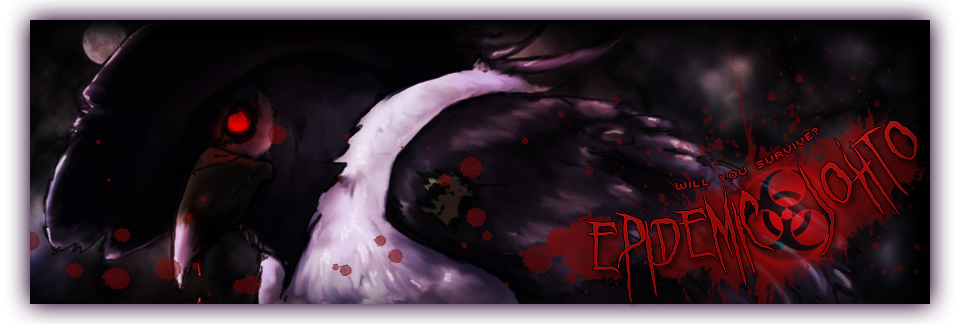Punctuation, Spelling, and Grammar
| Introduction |
|---|
| This is for our members' reference, in regards to how sentences are structured. Our RP is based on the creative writing skills of our members, and these are all points to remember when writing your RP. Please refer to here if you have any questions about punctuation or spelling, and if not answered here, feel free to ask for assistance from other members. (From grammarbook.com) |
| Punctuation |
|---|
Periods Rule 1. Use a period at the end of a complete sentence that is a statement.
Rule 2. If the last word in the sentence ends in a period, do not follow it with another period.
Rule 3. Use the period after an indirect question.
Commas Rule 1. To avoid confusion, use commas to separate words and word groups with a series of two or more.
Rule 3. Use commas to set off expressions that interrupt sentence flow.
Rule 4. If something or someone is sufficiently identified, the description following it is considered nonessential and should be surrounded by commas.
Rule 5. Use a comma to separate two strong clauses joined by a coordinating conjunction -- and, or, but, for, or nor. You can omit the comma if the clauses are both short.
Rule 6. Use commas to introduce or interrupt direct quotations shorter than three lines.
Question Marks Rule 1. Use a question mark only after a direct question.
Rule 2. Use a question mark when a sentence is half statement and half question.
Quotation Marks Rule 1. Periods and commas usually go outside quotation marks, even outside single quotes.
Rule 2. The placement of question marks with quotes follows logic. If a question is in quotation marks, the question mark should be placed inside the quotation marks.
Rule 3. Use quotation marks to set off a direct quotation only.
Apostrophes Rule 1. Use the apostrophe with contractions. The apostrophe is always placed at the spot where the letter(s) has been removed.
Rule 2. Use the apostrophe to show possession. Place the apostrophe before the s to show singular possession.
Rule 3. To show plural possession, make the noun plural first. Tag the apostrophe onto the word after the 's' that makes the noun in question plural.
Rule 4. The only time an apostrophe is used for it's is when it is a contraction for it is or it has. The possessive phrase for the pronoun 'it' is 'its', without an apostrophe.
Capitalization Rule 1. Capitalize the first word of a quoted sentence.
Rule 2. Capitalize a proper noun/name.
|











